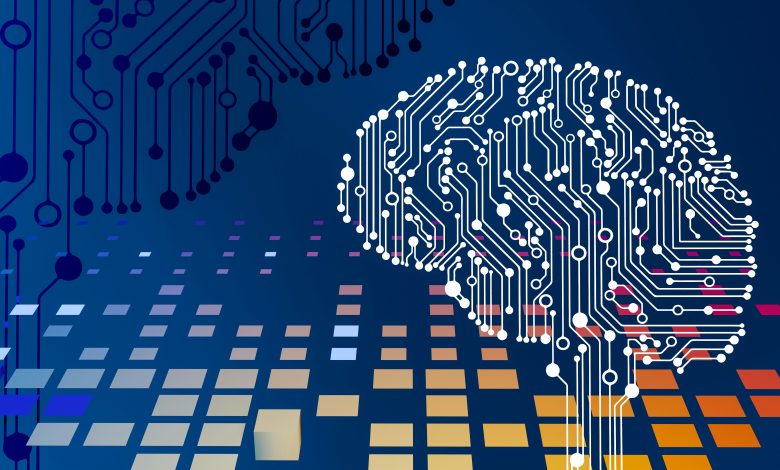
AI-led disruption is taking place across the cybersecurity industry. For those at the sharp end, the technology is both a help and a hindrance. On the one hand, AI is bringing major performance and efficiency benefits to security products and processes, freeing industry professionals from mundane, resource-intensive tasks, whilst helping bridge resource gaps when hiring, and better enablement and training for new and existing staff with process and evidence based teaching.
On the flipside, however, threat actors are using it to massively expand the volume and effectiveness of their attacks. According to IBM’s 2025 Threat Intelligence Index, attackers are already utilising generative AI to create phishing emails, malicious code and deepfake content. Overall, the situation is a classic double-edged sword.
The human factor
For organisations looking to integrate AI models into their security stack, upskilling should form a major part of that effort. For example, organisations are increasingly investing in training that helps employees understand both the capabilities and limitations of AI. But more importantly, teams should also be encouraged to develop the skills that AI can’t replicate, such as critical thinking, contextual understanding and business acumen. These are the areas where human judgment still outperforms any model.
Bias and hallucination-model-generated inaccuracy also remain challenges. AI can only be as fair and accurate as the data it’s trained on, and in a field like cybersecurity, where context matters deeply, that can lead to flawed or incomplete outputs. That’s why it’s vital to always keep a human in the loop, validating and overseeing what AI generates. In this context, the underlying philosophy is that AI is here to augment people, not replace them. That message is crucial because it helps shift the mindset from fear to opportunity. It’s the difference between augmented or automated from AI, versus autonomous.
By always keeping a human in the loop, organisations can validate and oversee what AI generates. Behind the scenes, teams must also remain accountable for any outcome that AI contributes to, so transparency, explainability and ethical oversight are built into the way the technology is deployed.
This approach also helps address a widespread misconception that AI will take away jobs. In reality, AI is much better at taking over repetitive, time-consuming tasks than it is at making strategic decisions or understanding complex, real-world contexts. With the expanding cyberskills shortage, AI is a very helpful and needed resource, but the need for cybersecurity professionals is still vast.
AI as an enhancer, not a replacement
In SOCs, for example, teams use AI to analyse enormous volumes of alerts and prioritise incident response. This not only helps improve the overall effectiveness of organisational security, but it also addresses analyst fatigue – an issue that’s all too familiar to security professionals everywhere.
In this context, orchestration platforms and threat intelligence systems are becoming increasingly effective when paired with AI, enabling teams to automate advanced proactive workflows such as threat hunting, vulnerability analysis, phishing investigation and decision-making and drive response in real-time.
For example, resource-intensive tasks, such as documentation, QA and internal testing, can benefit from in-house AI tools to reduce the time spent on them. These don’t need to be massive projects; often, small internal models can save hours of effort and create space for teams to focus on more strategic work.
Don’t forget, the role of AI shouldn’t be to take over – it should enhance what’s already in place. Teams should consider how AI can complement their strengths, rather than replace them, and it’s that shift in mindset that is essential. The goal should be a partnership where humans and machines amplify each other.
The benefits of effective AI integration
With these considerations helping to drive integration strategy, AI adoption can help organisations move from reactive to proactive defence. This can include everything from automated threat contextualisation to AI-driven orchestration workflows that reduce the time between detection and response. For these areas, AI is central to moving the industry forwards, and that’s where the positive side of the disruption equation comes from.
In particular, AI can transform the concept of collective defence. Traditionally, when one organisation was attacked, the process of analysing that attack, documenting it and sharing intelligence with others was slow and manual. That delay left others exposed to the same threats with no warning. AI changed that dynamic to accelerate every stage of the response cycle, such as analysing an attack, normalising the data, creating detection rules and even generating tailored defences for different environments.
What this means in practice is that the idea of real-time intelligence sharing is now achievable. It’s no longer just about individual organisations defending themselves; it has become about communities defending each other, faster and more effectively than ever before.
There are several practical and effective exercises that businesses can implement to foster a strong culture. One is to create environments that encourage experimentation and learning through real-world application, such as running an internal AI hackathon where every project had to incorporate AI in some way. In this example, the objective is to provide people with hands-on experience with the technology, allowing them to discover its potential and build confidence through practical experience.
As a collaborator for building better cyber resilience, AI offers limitless opportunities. Those security leaders who utilise technology to focus on smart integration, continuous upskilling, ethical guardrails, and redefined human–machine collaboration can deliver a win-win outcome of vastly improved efficiency and, of course, better all-around security.




